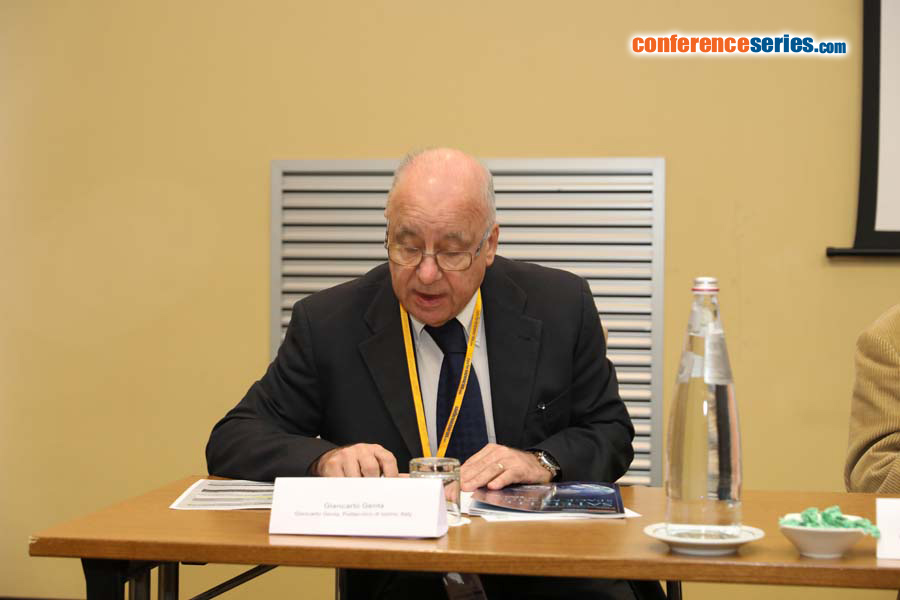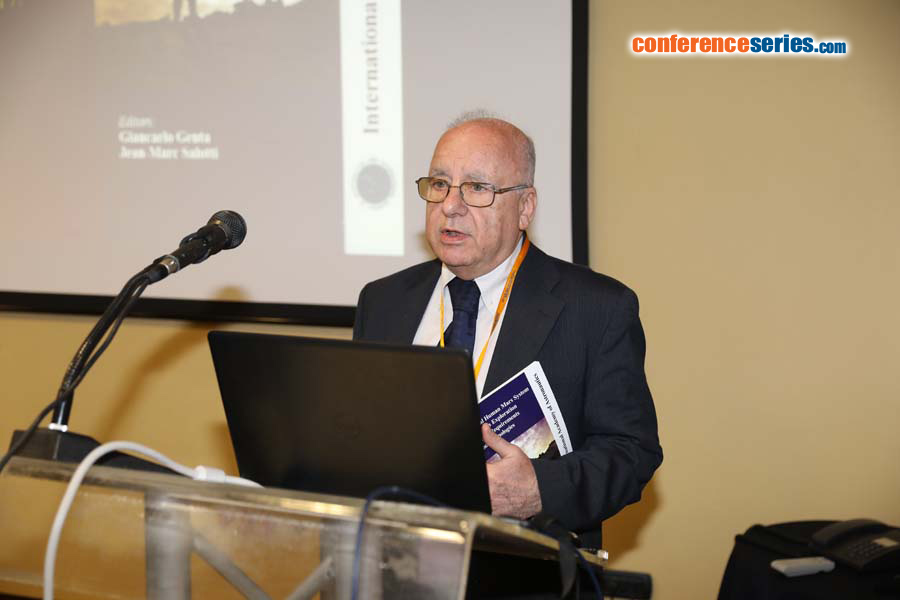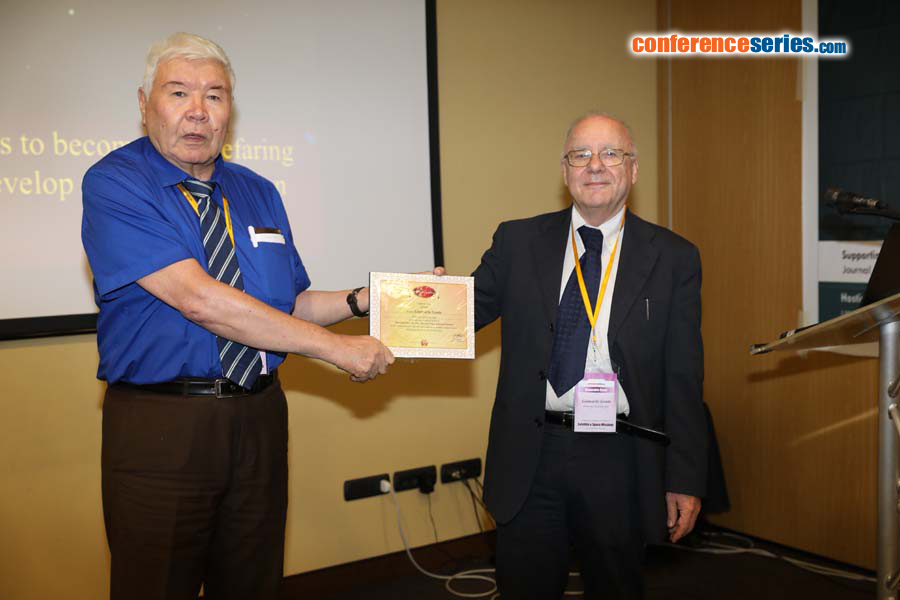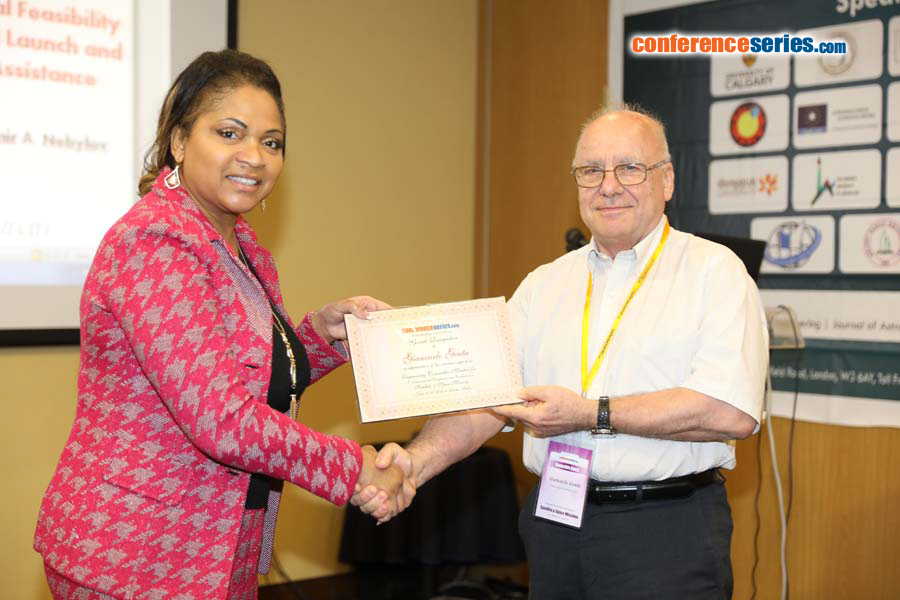
Giancarlo Genta
Politecnico di torino, Italy
Title: Solar electric spacecraft for human Mars missions
Biography
Biography: Giancarlo Genta
Abstract
Recent progress in the field of thin film photovoltaic cells and large deployable structures may allow to build fast solar electric spacecraft for human Mars exploration. At least in the short term, they may represent an interesting alternative to both chemical propulsion, which implies large initial mass in LEO – and hence large costs – and nuclear electric or nuclear thermal propulsion, which at present require large investments to achieve the required technological readiness. The performance of any electrically propelled spacecraft depends mainly on the mass/power ratio of its power generator, expressed in kg/kW by the parameter α. The value of α, at one astronomical unit (AU) from the sun, approximately doubles at Mars distances, mainly due to the reduction in solar illumination. In a Mars mission, this leads to a decrease of the overall performance of the spacecraft by approximately 15% with respect to a system with constant α i.e. NEP(nuclear electric propulsion). The main advantage of a planetary mission performed using electric propulsion is that the payload ratio increases monotonically with the increase of travel time (contrary to impulsive propulsion in which the payload ratio has a maximum and then decreases again) and thus makes the split-mission concept in which a robotic Mars cargo ship first preposition a habitable infrastructure on the planet before the crew travels there in a faster and lighter ship in a much more convenient manner. SEP is often considered a good choice for a robotic cargo spacecraft, while the crewed ship retains a traditional chemical propulsion. However, new technologies for solar arrays, based on the structures developed for solar sail spacecraft and on thin film PVA allow to maintain quite a low value of α, much lower than what can be realistically predicted in the short and medium term for nuclear generators. Very large, but nevertheless lightweight, solar arrays can thus propel also fast crewed spacecraft, reaching Mars in a time of about 6 or 7 months.







